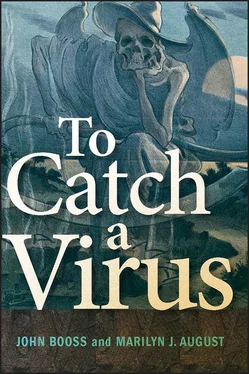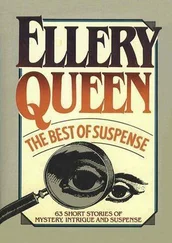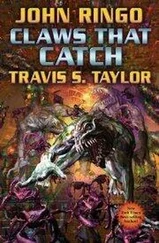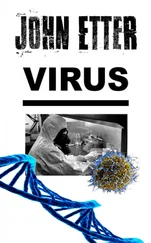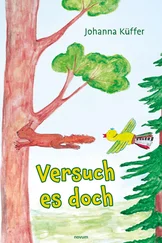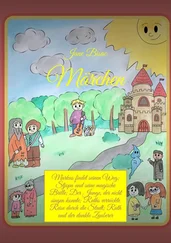1 ...6 7 8 10 11 12 ...23 7 Carroll, J.1904. A brief review of the etiology of yellow fever. N.Y. Med. J. and Philadelphia Med. J. 79:241–245, 302–310.
8 Carter, H. R.1898. Communication with a town infected with yellow fever. Med. News 72:546–547.
9 Carter, H. R.1900. A note on the interval between infecting and secondary cases of yellow fever from the records of the yellow fever at Orwood and Taylor, Miss., in 1898. New Orleans Med. Surg. J. 52:617–636.
10 Carter, K. C.1985. Koch’s postulates in relation to the work of Jacob Henle and Edwin Klebs. Med. Hist. 29:353–374.
11 Clendening, L.1960. Source Book of Medical History , p. 110–121. Dover Publications, New York, NY.
12 Dubos, R. J.1950. Louis Pasteur: Free Lance of Science . Little, Brown, Boston, MA.
13 Duffy, J.1953. Epidemics in Colonial America . Louisiana State University Press, Baton Rouge, LA.
14 Finlay, C.1886. Yellow fever: its transmission by means of the culex mosquito. Am. J. Med. Sci. 92:395–409.
15 Garrison, F. H.1960. An Introduction to the History of Medicine , 4th ed. W. B. Saunders Co., Philadelphia, PA.
16 Gest, H.2007. Fresh views of 17th century discoveries by Hooke and van Leeuwenhoek. Microbe 2:483–488.
17 Gibson, J. M.1950. Physician to the World: the Life of General William C. Gorgas . The University of Alabama Press, Tuscaloosa, AL.
18 Gorgas, W. C.1909. Sanitation of the tropics with special reference to malaria and yellow fever. JAMA 52:1075–1077.
19 Hemmeter, J. C.1927. Master Minds in Medicine , p. 297–336. Medical Life Press, New York, NY.
20 Ivanowski, D.1942. Concerning the mosaic disease of the tobacco plant, 1892, p. 25–30. In J. Johnson (ed. and translator), Phytopathological Classics, No. 7 . American Phytopathological Society, St. Paul, MN.
21 Kelly, H. A.1923. Walter Reed and Yellow Fever . Norman, Remington, Baltimore, MD.
22 Lister, J.1867. On a new method to treat compound fracture, abscess, etc. Lancet 89:326–329.
23 Loeffler, F., and P. Frosch.1898. Berichte der Commission zur Erforschung der Maul- und Klauenseuche beidem Institut fur Infectionskrankheiten in Berlin. Dtsch. Med. Wochenschr. 24:80–83, 97–100.
24 Mayer, A.1942. Concerning the mosaic disease of tobacco, 1886, p. 8–24. In J. Johnson (ed. and translator), Phytopathological Classics, No. 7 . American Phytopathological Society, St. Paul, MN.
25 McCullough, D.1977. The Path between the Seas: the Creation of the Panama Canal, 1870–1914. Simon & Schuster, New York, NY.
26 Morgan, H. W.1965. America’s Road to Empire: the War with Spain and Overseas Expansion . John Wiley, New York, NY.
27 Panum, P. L.1939. Observations made during the epidemic of measles on the Faroe Islands in the year 1846, p. 802–886. In E. C. Kelly (compiler), Medical Classics . Williams & Wilkins, Baltimore, MD.
28 Powell, J. H.1949. Bring out Your Dead: the Great Plague of Yellow Fever in Philadelphia in 1793 . University of Pennsylvania Press, Philadelphia, PA.
29 Reed, W., J. Carroll, A. Agramonte, and J. W. Lazear.1900. The etiology of yellow fever. Phila. Med. J. 6:790–796.
30 Reed, W.1901. The propagation of yellow fever; observations based on recent researches. Med. Rec. 60:201–209.
31 Reed, W., and J. Carroll.1901. The prevention of yellow fever. Med. Rec. 60:641–649.
32 Reed, W., J. Carroll, and A. Agramonte.1901. The etiology of yellow fever: an additional note. JAMA 36:431–440.
33 Reed, W., and J. Carroll.1902. The etiology of yellow fever: a supplemental note. Am. Med. 3:301–305.
34 Rush, B.1794. An Account of the Bilious Remitting Yellow Fever as It Appeared in the City of Philadelphia in the Year 1793 . Thomas Dobson, Philadelphia, PA.
35 Schmiedebach, H.-P.1999. The Prussian State and microbiological research—Friedrich Loeffler and his approach to the “invisible” virus, p. 9–23. In C. H. Calisher and M. C. Horzinek (ed.), 100 Years of Virology: the Birth and Growth of a Discipline . Springer-Verlag,Vienna, Austria.
35a Shryock, R. H.1935. Benjamin Rush. Dictionary of American Biography base set. American Council of Learned Societies, 1928–1936. American Council of Learned Societies, Washington, DC. http://pbs.org/wnet/redgold/printable/p_rush.html. Accessed 16 June 2010.
36 Sternberg, G. M.1890. Report on the Etiology and Prevention of Yellow Fever . U.S. Government Printing Office, Washington, DC.
37 Stokes, A., J. H. Bauer, and N. P. Hudson.1928. Experimental transmission of yellow fever to laboratory animals. Am. J. Trop. Med. 8:103–164.
38 Theiler, M.1930. Susceptibility of white mice to the virus of yellow fever. Science 71:367.
39 Theiler, M.1930. Studies on the action of yellow fever virus in mice. Ann. Trop. Med. Parasitol. 24:249–272.
40 Winslow, C.-E. A.1944. The Conquest of Epidemic Disease: a Chapter in the History of Ideas . Princeton University Press, Princeton, NJ.
41 Wright, W.1930. Hieronymi Fracastorii: de Contagione et Contagiosis Morbis et Eorum Curatione, Libri III . G. P. Putnam’s Sons, New York, NY.
2
Of Mice and Men: Animal Models of Viral Infection
Our results with ferrets, so far as they have gone, are consistent with the view that epidemic influenza in man is caused primarily by a virus infection.
Smith, Andrewes, and Laidlaw, 1933 ( 57)
Work with human volunteers for the study of yellow fever had created a backlash in Cuba, and Walter Reed had recognized that it was impossible to proceed. Unlike bacterial agents, which could often be grown on artificial media, viral agents required living cells in which to replicate. In viral diseases of plants, such as tobacco mosaic disease, the natural host was readily available and appropriate. The same was true of viral zoonoses, such as foot-and-mouth disease. For human diseases, such as rabies and polio, nonhuman hosts were necessary to isolate and characterize the etiological agent. Hence, efforts were made to isolate filterable viruses in a range of animal hosts. In addition, the embryonated egg was adapted from studies of embryology and physiology for the study of filterable viruses. In the case of rabies, a zoonosis that spreads from animals to humans with catastrophic results, the development of animal models might be expected to be productive. In contrast, polio and human influenza were not known to have animal hosts, nor was an animal host known for yellow fever. Yet, isolation and study of the agents for each of these diseases were achieved in experimental hosts. First for discussion is rabies.
Читать дальше
